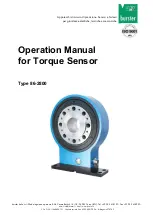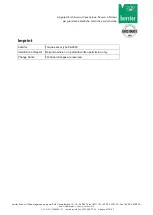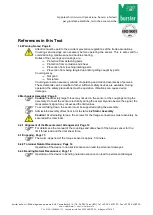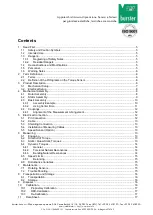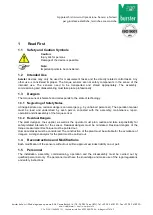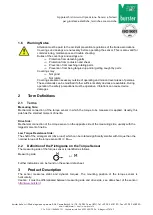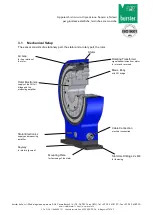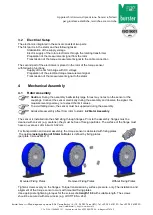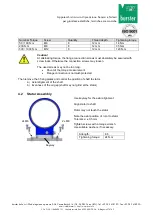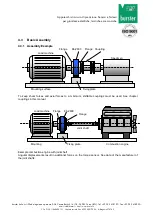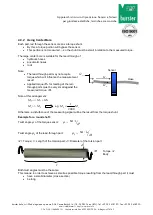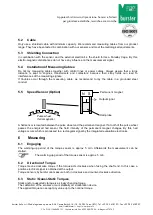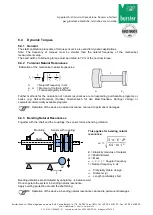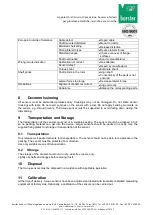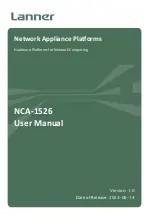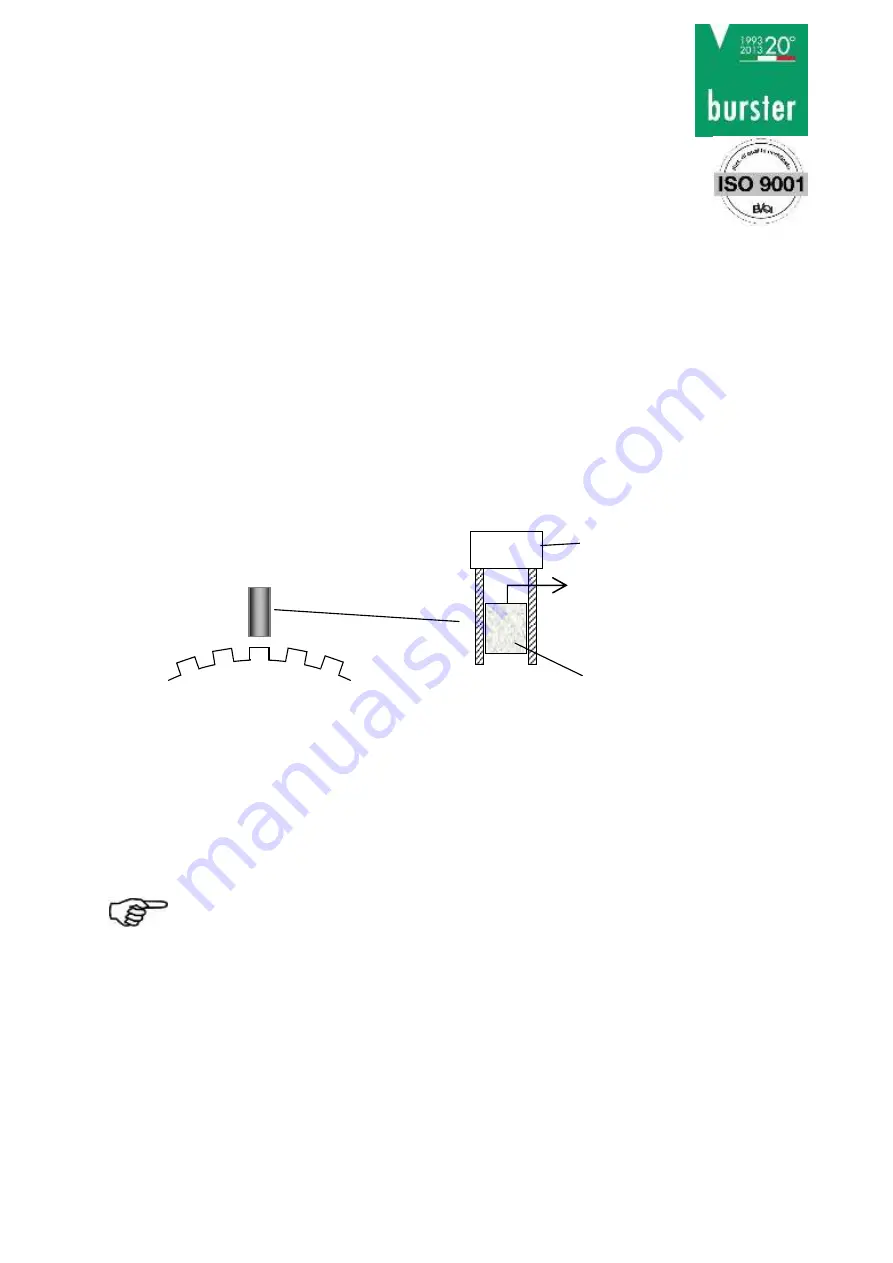
burster Italia s.r.l. · Sede legale ed operativa · Via Cesare Battisti, 16/18 · 24035 Curno (BG) · Tel. +39 035 618120 · Fax +39 035 618250
e-mail: info@burster.it · http://www.burster.it
C.F. e P.IVA 11048400151 · Capitale sociale Euro 49.920,00 · R.E.A. di Bergamo 276749
Apparecchi di misura di precisione. Sensori e Sistemi
per grandezze elettriche, termiche e meccaniche
5.2
Cable
Only use a shielded cable with minimum capacity. We recommend measuring cables from our product
range. They have been tested in combination with our sensors and meet the metrological requirements.
5.3
Shielding Connection
In combination with the sensor and the external electronics, the shield forms a Faraday Cage. By this,
electro-magnetic disturbances do not have any influence on the measurement signal.
5.4
Installation of Measuring Cables
Do not lay measuring cables together with control lines or power cables. Always assure that a large
distance is kept to engines, transformers and contactors, because their stray fields can lead to
interferences of the measuring signals.
If troubles occur through the measuring cable, we recommend to lay the cable in a grounded steel
conduit.
5.5
Speed Sensor (Option)
A hall sensor is located between the pulse wheel and the permanent magnet. If a tooth of the pulse wheel
passes the energized hall sensor, the field intensity of the permanent magnet changes. By this, hall
voltage occurs which is processed to a rectangular signal by the integrated evaluation electronics.
6
Measuring
6.1
Engaging
The warming-up period of the torque sensor is approx. 5 min. Afterwards the measurement can be
started.
The warming-up period of the torque sensor is approx. 5 min.
6.2
Direction of Torque
Torque means clockwise torque if the torque acts clockwise when facing the shaft end. In this case a
positive electrical signal is obtained at the output.
Torque sensors by burster can measure both, in clockwise and counter-clockwise direction.
6.3
Static / Quasi-Static Torques
Static and/or quasi-static torque is a slowly changing torque.
The calibration of the sensors occurs statically on a calibration device.
The applied torque can accept any value up to the nominal torque.
Pulse wheel
(ferromagnetic)
N S
Permanent magnet
Hall-probe
Output signal

